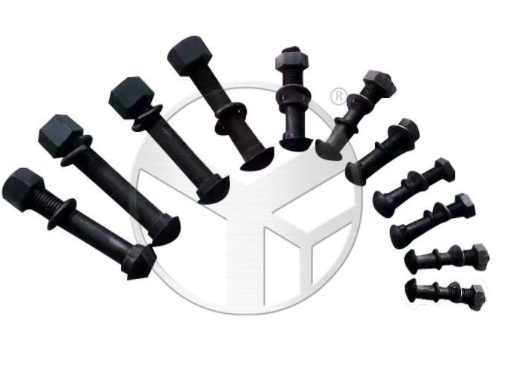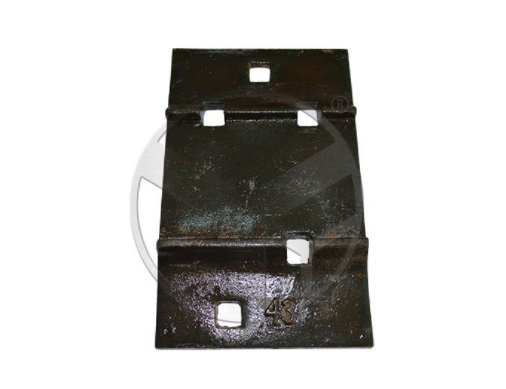Why Is It Called A Fishtail Plate on Rail
- 5 Fev, 2023
- 4944 vues
Fishtail plates, also called rail joints, are used to join two rails together. The word "fish" comes from the French word "fiche", which means a nail, and "fiche" comes from the Old French word " fichier", which means to fasten. fichier", which means to fasten, so fish plate means to be accustomed to fastening.
Traditionally, railroad fishtail plates have holes drilled in the end of the part to be connected. There are holes at the end of the rail to align with the holes in the railroad fishtail plate and connect with rail bolts. Generally, railroad fishtail plates are made of steel, but plastic and composite materials are alternative raw materials for railroad joints.

Fishtail plate type
Depending on the application, rail joints can be divided into various types. Typical types of rail joints include common rail joints, insulated rail joints, non-standard rail joints and compromise rail joints.
Common Rail Joints
Common rail fishtail plate is made of common material Q235 steel, this fishtail plate can be used for all types of rails. The appearance and weight of common rail joints are somewhat different from different weight of railway rails. Common rail fishtail plate mainly has two kinds of 4 holes and 6 holes.
Insulated rail joints
The raw material and production process of insulated rail joints are determined by the process standard of insulating material. The size of insulated rail joints is the same as that of ordinary rail joints. Insulated rail joints are generally used in railroad sections near power plants or water leakage sections. Insulated rail joints can effectively prevent the occurrence of leakage accidents.
Non-standard rail joints
Non-standard rail joints are available in various types in all rail joints. For different railroad sections and speed, it is decided that some rail joints are different from common railroad fishtail plates.
Installation of fishtail plate
The installation process of railway fishtail plate can be summarized as the following four steps.
Cut off the power supply before installing the railway fishtail plate.
Install two rail bolts for each connection joint.
Install spring washers and flat washers before installing the fishtail bolts, with the openings of the washers facing downward.
Railroad fishtail plate, rail and fishtail bolt should be oiled.

Tie Plate
Maintenance of fishtail plate
The rail fishtail plate plays an irreplaceable role in fixing the rail, especially to ensure the normal operation of the vehicle and the safety of the rail. The maintenance of railroad joints and railroads affects the safety of passengers and our property. Therefore it is necessary to inspect and maintain the rail fishtail plate according to the inspection standard.
First of all, need to use matching fishtail bolts to fasten rail joints and rails, which can improve the functional performance of rail fishtail plate in rail applications!
Secondly, the connecting rod cap can be tightened hard with a wrench. Tighten the wrench according to the specified standard to ensure that the fishtail plate and the rail fit completely and all parts function well.
Third, after every 1200 km of operation, carry out secondary maintenance. In daily operation, you should pay attention to unstable operation or abnormal noise, and check in time.
If you need rail fishtail plate, we can provide different types according to your needs. YONGYANG as a reliable supplier of rail fasteners, all our products have passed iso9001-2001 certification, and each of our products has gone through strict quality inspection before shipping to customers.
- Catégorie:
- Entreprise
- Pas de commentaires


